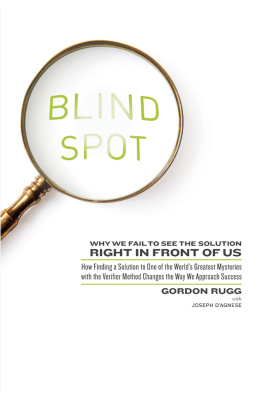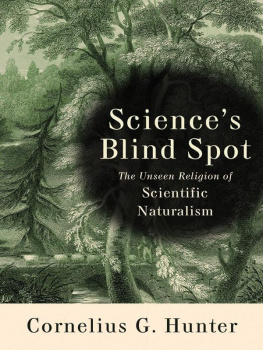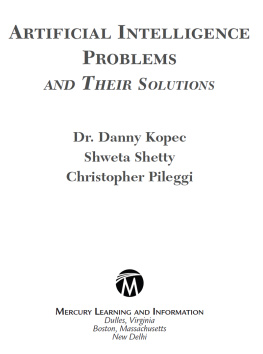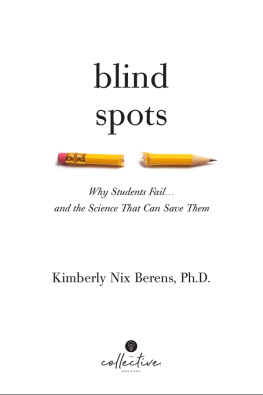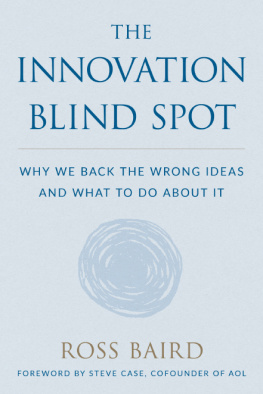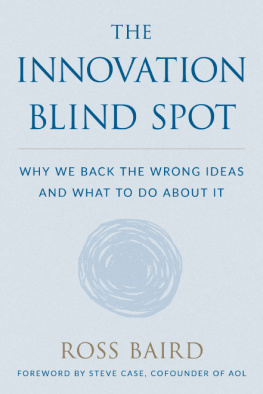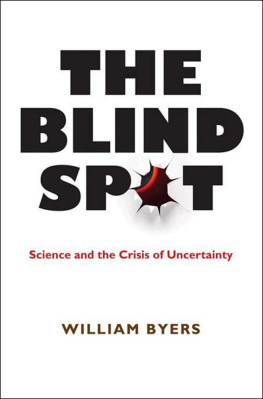Contents
L OCKED AWAY IN A LIBRARY AT YALE UNIVERSITY IS a mysterious medieval book full of bizarre illustrations, its words handwritten in a unique script that has never been deciphered. The man who discovered that book in 1912, in a seminary in Italy, was an antiquarian bookseller named Wilfrid Voynich, a former anti-tsarist revolutionary who fled Russia after some of his friends were killed by the secret police.
Voynich knew a lot about secrets, and he immediately understood the significance of the mysterious book. It was probably written either in code or in an unusual language; either way, it would be extremely valuable. He bought it immediately, and anxious to read its contents, he did what anyone does who has a tough problem to solve: he asked an expert to help. When the best minds in cryptography failed him, he turned to others and still others. They got nowhere. Voynich died, but the books reputation lived on, tantalizing fresh generations of expert code breakers with its secrets.
Ninety years later, the book was still undeciphered. By then, it held an almost iconic status. It had become a rite of passage for budding young cryptologists, who bashed their brains against the book, failed, and moved on to more feasible projects. Even the men who cracked the codes of the Nazis and the Japanese during World War II failed to unlock the secrets of what is now known as the Voynich Manuscript.
Undeciphered codes arent just good for romantic, mysterious stories. They have implications for everyday life. The Internet depends on codes; without trustworthy codes, online commerce would grind to a halt, along with large swaths of national security. Modern code breakers are very, very good. Theres a problem, though. Even the best modern codes are reaching the end of their shelf life. Its possible to crack them if you have a lot of computing power and dont mind waiting months for a solution. For the moment, that sort of crack isnt worth it. In a few years, however, technology will likely make that crack in seconds rather than months. The Voynich Manuscript could perhaps help cryptographers to design new, unbreakable codes if anyone could figure out what it meant.
I began working on the Voynich Manuscript in 2002. Within a few weeks, using just a pen, ink, and replica parchment, I discovered something completely unexpected. I found compelling evidence that the writing in the book was neither a language nor a code but a grandiose hoaxa glittering artifact containing nothing but gibberish, probably created by a con man for the sole purpose of bilking a monarch out of money. The evidence was so strong that I was able to publish it in a peer-reviewed academic journalthe first proposed solution for the Voynich Manuscript to get through peer review in almost half a century.
Im not a code breaker by trade. Im a psychologist and a computer scientist, though I didnt use a computer to find what was lurking in the Voynich Manuscript.
The story of my discovery was picked up by media all over the world. That wasnt surprising: the story made good copy, with its references to some of the most colorful characters in sixteenth-century Europe, including the Holy Roman emperor and Queen Elizabeth I, as well as one of the greatest con artists of all time and a man known as the most degenerate cleric of the age. The story even featured a treasure map, but most journalists didnt bother to include it, because juicier parts of the story jostled for space.
My proposed solutionwhich is still hotly debated by dedicated Voynichologists around the worldlooked surprisingly simple. How could it be that experts in mathematics, code breaking, languages, and other important fields had missed something that an outsider was able to spot? Simple. Those experts made a mistake.
Though Im not an expert in code breaking, I am an expert in human error, specifically the errors of experts. In my line of work, we study how humans acquire expertise, and we know that when experts screw up, they screw up in predictable ways. If you know how to look for these mistakes, you can easily spot where experts went wrong. For ninety years, the experts looking at the Voynich Manuscript had operated with a blind spot. They were focusing on the things they thought were important but ignoring possibilities that were right in front of them the whole time.
The Voynich case, nice as it was, was not my endgame. Its a lovely problem, but my colleagues and I were after a larger quarry. Specifically, I wanted to test a theory I had been working on for years. The Voynich Manuscript was only the first test of a toolkit of ideas, theories, and strategies my colleagues and I call the Verifier Method. We think Verifier is a powerful new contribution to science, suitable for checking the work of experts in any field. Its the scientific equivalent of taking on the hardest cold cases in detective work. The method is designed specifically for problems where researchers probably already have the relevant information but cant make sense of it.
In my line of work, we are interested in how humans acquire, store, and use knowledge. Researchers like me have become very good at figuring out how to represent, visualize, or model the knowledge contained in human brains. This started for a practical reason: we needed to know what humans knew so we could program computers to help them do their work. Paradoxically, perhaps, the more information we got from humans, the more we began to see how special human brains were.
Our first Verifier studies showed us that one of those special human giftswhich well discuss at lengthis a key tool for solving so-called intractable problems. This should not have been a surprise. Computers are solid, logical plodders, good at performing rigorous, complex, methodical tasks that would stress most humans. We humans, on the other hand, are good at swift, nimble, cut-to-the-chase thinking that is strongly governed by visual cues. In the course of this book Ill argue that if you want to solve complex problems, you need to know which toolsand which brainsto use.
The Verifier Method is based on a large collection of tools. Those tools include software, problem-solving strategies, and more, all built on a bedrock of formal logic. Weve used this method to look at problems more important than a mysterious book. Medical problems. Criminal cases. Problems in our understanding of the cosmos and the world we live in. The findings are tantalizing; it looks like were onto something.
This book is about the birth of that method, told as a sort of intellectual detective story. As we delve into that story, were going to throw some challenging concepts at you, which youll need to understand before moving on to the next pieces of the puzzle. For now, its important that Verifier is only one component in a larger framework for understanding and working with human knowledge, best expressed by Figure 1. This image reflects the structure of this book.
The first third of our story is about unpacking knowledge from the minds of human experts. Scientists like myself perform such unpacking to design software that helps experts do their work. Our tour through this landscape will introduce you to some colorful characters. Card sharks. Code breakers. Chess masters. Swordsmen. Brewmasters. Well get to meet that gullible emperor and the sociopathic con man, both of whom lived in the days of Shakespeare. Well even meet the wizard-like astrologer who advised Queen Elizabeth I. Well look in on all these people, each an expert in a rarefied fieldeven the con man!and see what each has to teach us about human expertise. Specifically, well learn that expertise has limitations. Just because you know something doesnt mean you can put it into words, teach others, or tell others how youre thinking about a problem.

